Spring 2024
NIDCR News

NIDCR Director Rena D’Souza, D.D.S., Ph.D., M.S., and Deputy Director Jennifer Webster-Cyriaque, D.D.S., Ph.D., recently co-authored an editorial in the Journal of the American Medical Association, noting that the existing lack of data should not deter clinicians from considering oral health during routine medical checkups.
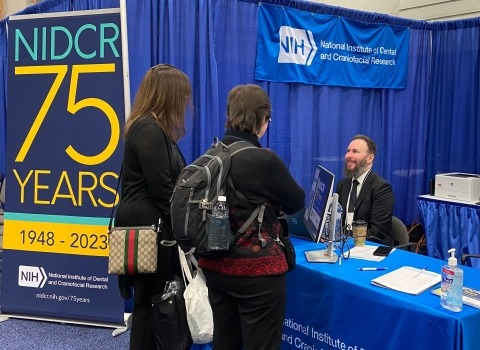
From March 13 to 16, NIDCR leaders, program staff, investigators, and trainees will attend the 2024 IADR/AADOCR/CADR meeting in New Orleans, Louisiana. For a list of NIDCR-related activities, visit our meeting webpage or follow @NIDCR on X (formerly Twitter) and/or LinkedIn.
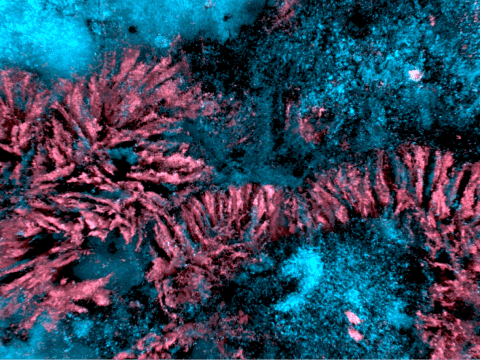
As part of NIDCR’s yearlong anniversary celebration, the institute will hold a symposium series between March 13 and 15 at the 2024 IADR/AADOCR/CADR meeting. The seven symposia will highlight NIDCR-funded research and feature speakers from different career stages and underrepresented groups in research.

The 2024 American Dental Education Association International Women’s Leadership Conference in New Orleans on March 12 and 13 will feature talks from Dr. D’Souza and Janine Clayton, M.D., Director of the NIH Office of Research on Women’s Health. Dr. D’Souza's talk will address global oral health research, and Dr. Clayton will discuss improving women’s health through research and leadership.
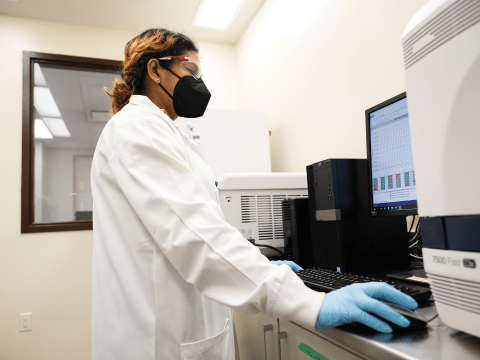
Dr. D’Souza joined other NIH institute and center directors in a joint commentary published recently by Nature Medicine. They highlight the diversity of the All of Us Research Program participant cohort and urge researchers to use the program’s dataset in their studies.

Diana “Dede” Rutberg, NIDCR’s acting Executive Officer, spent a year in a White House leadership program. She was one of the temporary staff charged with implementing the recently launched “Made in America” office to strengthen American manufacturing, create jobs, and boost the economy.

Former NIDCR director Harold Slavkin, D.D.S., passed away on December 22, 2023, at age 85. Dr. Slavkin will be remembered for his passion for craniofacial biology, his deep commitment to training future generations, and his fierce advocacy for health equity.

Rachel Scheinert, Ph.D., joined NIDCR as Director of the Office of Science Policy and Analysis. Dr. Scheinert was previously lead health science policy analyst at the National Institute of Mental Health, and she completed a detail in the Immediate Office of the NIH Director to help manage critical NIH research programs during the pandemic.
Training News
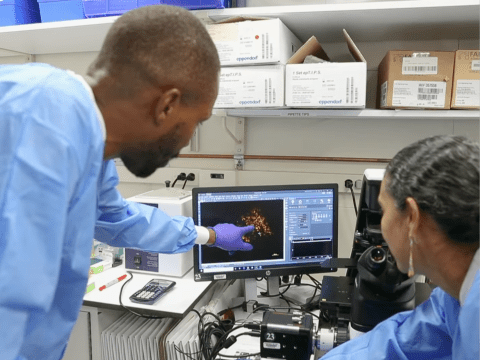
AADOCR’s Mentoring an Inclusive Network for a Diverse Workforce of the Future (MIND the Future) program, supported by NIDCR, is seeking applications by May 10, 2024. The program provides a diverse group of early stage scientists, including postdoctoral fellows and junior faculty, with one-on-one mentoring, research career development, and peer support.
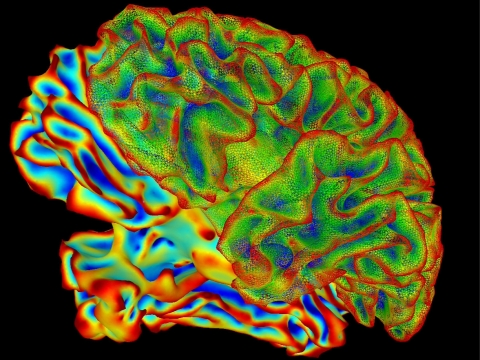
NIH is seeking applications for the Blueprint and BRAIN Initiative Diversity Specialized Predoctoral to Postdoctoral Advancement in Neuroscience Award. The award supports the transition of graduate students from diverse backgrounds to neuroscience research postdoctoral positions and provides career development opportunities.
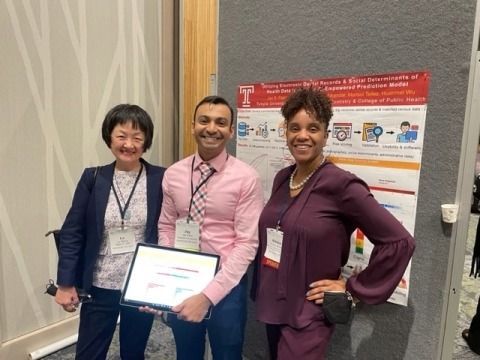
NIDCR’s Research Training and Career Development Branch has prepared a series of activities for attendees of the 2024 IADR/AADOCR/CADR meeting. These activities include poster presentations, a mentor networking lunch (pre-registration required), an overview of the NIH funding process, and a mock peer review study session.
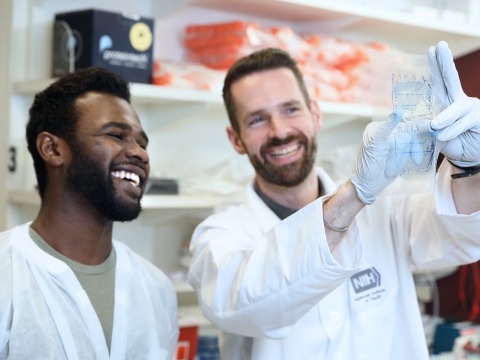
The NIH Advisory Committee to the Director Working Group on Re-envisioning NIH-Supported Postdoctoral Training shared its final report on improving the postdoctoral experience. The recommendations include increasing pay and benefits and promoting professional development.
Science Advances

A new story on NIDCR’s website traces the institute’s legacy of work to improve children’s oral health. Those efforts started with research in the 1940s demonstrating the efficacy of community water fluoridation and continue today with studies to test new treatments to halt caries and develop technologies to enhance dental care and reduce oral health disparities.
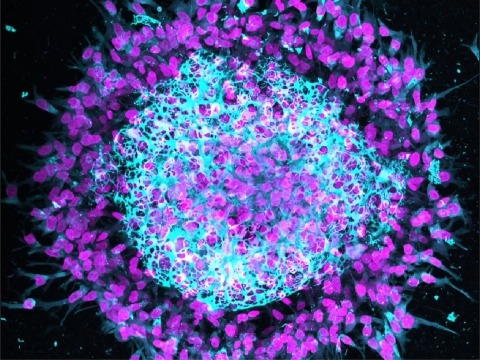
NIDCR scientists discovered that cancer cells may spread by sprouting long appendages to force their way into healthy tissue. The research offers a new lead in determining whether a cancer is starting to spread in a patient thought to be in remission.

When saliva dwindles, it can spell trouble. For decades, NIDCR-supported researchers have investigated the underlying causes of salivary gland dysfunction and explored emerging technologies for new interventions. From gene therapy to salivary gland regeneration, scientists aim to repair damaged glands and restore saliva flow.
Grantee News
NIH/HHS News
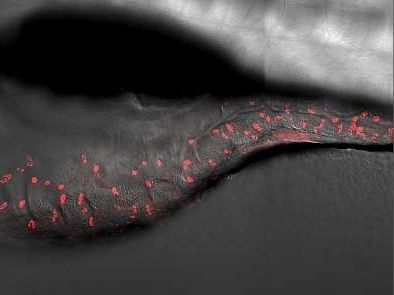
NIH researchers have published an atlas of zebrafish development, detailing the gene expression programs that are activated within nearly every cell type during the first five days of development, a period in which embryos mature from a single cell into distinct cell types.

An international team of researchers has created a complete cell atlas of a whole mammalian brain. This atlas serves as a map for the mouse brain, describing the type, location, and molecular information of more than 32 million cells and providing information on connectivity between these cells.

NIH researchers found that previous studies analyzing the genomes of people with European ancestry may have reported inaccurate results due to not fully accounting for population structure. Researchers should account for mixed genetic lineages, known as admixture, to uncover true links between genomic variants and traits.
